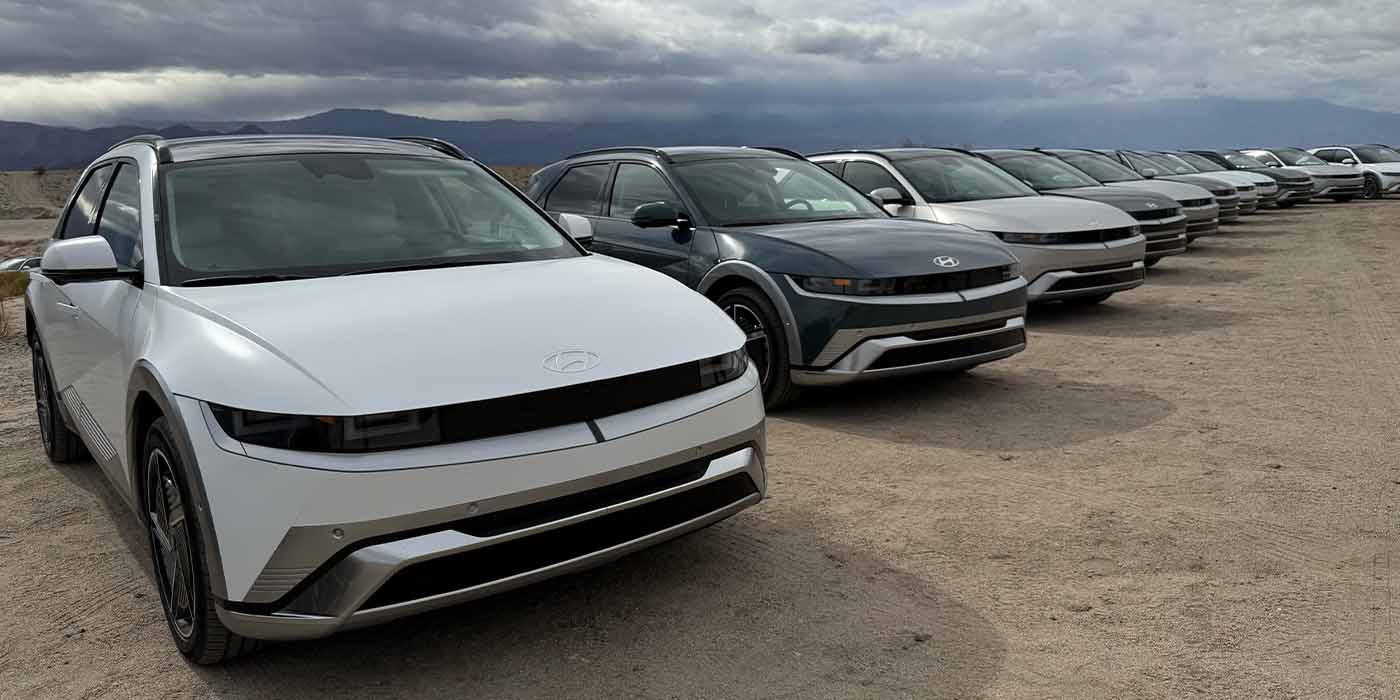
As we get ready to exit month two of 2025, the opportunities to test drive model-year BEVs are starting to arise. The most recent was a trip to Palm Springs, California, to test out the 2025 Hyundai IONIQ 5. This flagship BEV saw a mid- refresh for 2025, so I didn’t experience the most drastic of changes compared to previous versions. In the places where Hyundai did improve the IONIQ 5, however, I noticed savvy upgrades that took customer feedback into consideration and made an already high-quality BEV even better.
Table of contents
Background on the Hyundai IONIQ 5 as we enter 2025
While the IONIQ 5 is not Hyundai’s first BEV, it will certainly go down as the flagship model of its bonafide transition into a fully electric brand. The IONIQ 5 was the first model from Hyundai Motor Group to arrive on its impressive E-GMP platform, featuring 800V architecture. Even just four years ago, in 2021, when the IONIQ 5 debuted, 800V technology seemed like overkill, as most public chargers couldn’t deliver that level of power.
However, Hyundai’s decision to invest in better technology from the start and deliver it to the masses at a reasonable price has paid dividends for its other brands, like Kia and Genesis. For example, HMG sold 742,000 vehicles in the US in 2024 and held 8.3% of EV market share in the US. It is now the second highest-selling EV brand in the US, behind longtime leader Tesla. The South Korean brand has also seen record vehicle sales for four consecutive years.
Entering 2025, the IONIQ 5 has been a star in Hyundai’s lineup, achieving 44,000 units sold in 2024, up 93% from its 2022 launch and 31% year-over-year compared to 2023. I’ve personally been a huge fan of the IONIQ 5 since I first got eyes on it, and my love only grew when I got to do my first detailed walkthrough with the debut model at Hyundai’s US headquarters in Fountain Valley, California (check out that hair!)
Nearly four years later, Hyundai has delivered the 2025 IONIQ 5 as a mid-cycle refresh. The changes aren’t drastic, but they’re enough to garner a report back to you loyal readers to understand what’s different. Last week, I ventured out to Palm Springs, California, to take the 2025 IONIQ 5 and the new IONIQ 5 XRT out on the roads (and dirt) to see how it rides. I’ve shared my thoughts below.
The 2025 IONIQ 5 drives the same, which is still a win
As I mentioned above, the 2025 Hyundai IONIQ 5 is not that different on paper, but the automaker made some subtle changes that simply bolster an already impressive all-electric model. Like the versions that preceded it, the focus of the 2025 IONIQ 5 was a continued trend of innovative design, advanced capabilities led by new technologies, and uncompromising safety (HMG received the highest honors from the 2024 IIHS Awards with the Most Top Safety Pick and TSP+ titles of any auto manufacturer).
Hyundai’s head of exterior design, Brad Arnold, walked us around the outside of the new IONIQ 5, which, according to Arnold, had previously received so much praise about its design that his team didn’t change that much.
For example, the Hyundai design team enhanced the front, rear, and wheels to appear more robust and deliver more of a “CRV” look. This included a larger offset to the front and rear fascias (seen above). You customers spoke up and Hyundai heard you – the 2025 IONIQ 5 models now come with a rear wiper standard!
Last but not least, Hyundai added the NACS port to its 2025 model. This is the first non-Tesla model to hit the market with NACS, which has become the new US standard in charging ports. If your closest public charger only offers CCS, you’re still in luck, as Hyundai will provide customers with a complimentary adapter.
The rest of the changes pertain to the interior and the EV’s performance, so let’s take a trip inside.
2025 models deliver simplified interior, better performance
Moving inward, the center console features more physical buttons, including controls for components like heated seats and parking assist (see above). The HVAC controls have been simplified and Hyundai added two dials to the dashboard display for tuning and volume.
The infotainment has also been bolstered with faster CPU processing speeds and greater GPS accuracy. The interior cabin also features wireless Apple CarPlay and Android Auto capabilities, WiFi hotspot, and USB-C outlets.
2025 IONIQ 5 owners cal also utilize Hyundai Pay, which has been added to the infotainment and enables drivers to link a credit card to more seamlessly pay for things like parking and charging, all from the vehicle’s system. The new 2025 model also comes with Hyundai’s Digital Key 2 capabilities, which utilize Bluetooth in addition to previously equipped RFID technology.
There were also several additions to the 5’s ADAS, including haptic feedback, driver attention warnings, and some optional warning alerts. All that aside, a more notable upgrade in the 2025 IONIQ 5 models is the increase in range on all trims, thanks to larger battery packs and improved cell chemistry. See below:
| Battery Type | 2024 MY Battery Size | 2025 MY Battery Size | Variation |
| Standard Range | 58 kWh | 63 kWh | +5 kWh |
| Long Range | 77.4 kWh | 84 kWh | +6.6 kWh |
| Drive Type | Trim | MY 2024 Range | MY 2025 Range | Range Increase |
| AWD | Limited | 260 miles | 269 miles | +9 miles |
| AWD | SE/SEL | 260 miles | 290 miles | +30 miles |
| AWD | XRT | N/A | 259 miles | N/A |
| RWD | SE / SEL / Limited | 303 miles | 318 miles | +15 miles |
| RWD | SE Standard Range | 220 miles | 245 miles | +25 miles |
The 2025 model year versions of the IONIQ 5 also offer some charging perks for future drivers, including the previously mentioned NACS plus, offering easier access to Tesla’s Supercharger network of over 17,000 plugs across the US. To begin, IONIQ 5 owners will need to use the Tesla app in order to take advantage of such public charging options; the automaker told us that Plug & Charge capabilities are in the works to arrive “in the coming quarters.”
Despite the 2025 models having larger packs, Hyundai’s improved battery chemistry enables even faster charge rates, at least for CCS plugs. For example, the 2025 IONIQ 5 can reach a peak rate of 257 kW at a the 350 kW charger, an improvement from 233 kW in previous model years.
While access to the Tesla network is a welcomed addition, those charge rates will initially dip in comparison because Tesla’s V3 Superchargers only offer peak rates of 135 kW, but should improve with the V4 chargers.
| Charging Type | Charger | Standard Range (63 kWh) | Long Range (84 kWh) |
| DCFC (10-80%) | NACS V3 (135 kW peak) | 24 mins | 31 mins |
| DCFC (10-80%) | 50 kW CCS (w/ Adapter) | 1 hour 1 min | 1 hour 21 min |
| DCFC (10-80%) | >250 kW CCS (w/ Adapter – 257 kW peak) | 20 mins | 20 mins |
| DCFC Miles in 15 Mins | 350 kW CCS (w/ Adapter / RWD Model) | 137.3 miles | 178.1 miles |
| AC Level 2 (10-100%) | North America 240V (11 kW OBC) | 5 hours 40 mins | 7 hours 20 mins |
The 2025 IONIQ 5 is a familiar friend
Unlike most of my first-drive reviews, I don’t have that much to say about the overall drive of the 2025 model-year IONIQ 5 because it’s virtually the same BEV in terms of performance as a year ago, just with better range and potentially faster CCS charging speeds.
The IONIQ 5 was a familiar and welcomed ride when I got behind the wheel. If you’ve read my driving impressions before, you’ll know I am a stickler for regenerative braking and it’s one pedal driving all day for me. Hyundai’s i-Pedal always delivers the stiffness I need.
Top comment by HalfwitWizard
This seems petty, but I'm very glad the screens no longer have white bezels. I think they would age poorly. Love that they're increasing the amount of physical buttons as well.
Cutting up and around at elevation above Palm Springs, I only had to hit the brake pedal once (I came in a little too hot following a straightaway). I love that. Hyundai has also implemented a new feature called Smart Regen System 2, which can be activated by holding the right paddle on the steering wheel and can automatically adjust regen levels using a radar sensor on the vehicle’s front.
Other than that, the 2025 IONIQ 5 remains a homerun of a BEV option with its E-GMP platform, a huge wheelbase (longer than the Hyundai Palisade) which offers a sneaky amount of interior space, and a smooth AWD ride. It’s not the most nimble of BEVs, but it’s’ still a blast to accelerate with and hit some winding curves whenever possible. It still handles quite well and helps you remain in control.
Sometimes, I wish it was tuned a little better, but Hyundai put all that effort into the IONIQ 5 N, another fantastic option in the IONIQ lineup. Overall, most of the updates to the 2025 IONIQ are cosmetic or include improvements to the battery. Still, for a mid-cycle refresh, its improvements are more than adequate and should help this model continue as a best-seller, furthering Hyundai’s clout as a blossoming leader in tech-forward BEVs while remaining relatively affordable.
The 2025 IONIQ 5 is available now and starts at an MSRP of $42,500 before taxes and fees.
FTC: We use income earning auto affiliate links. More.
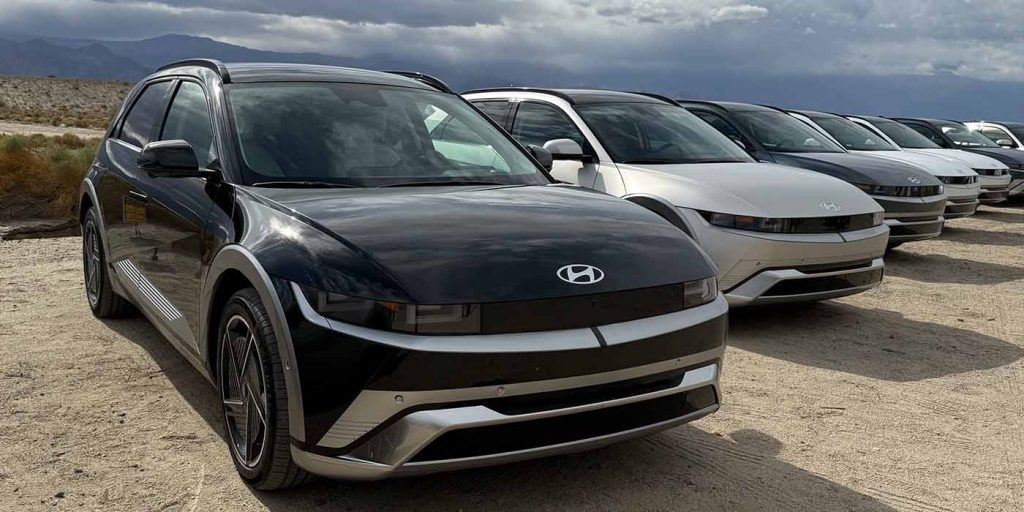
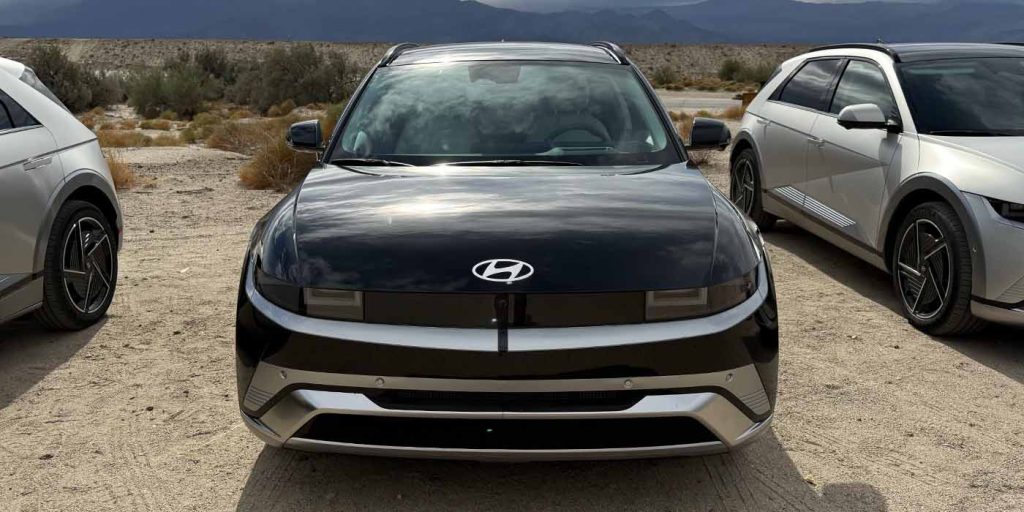
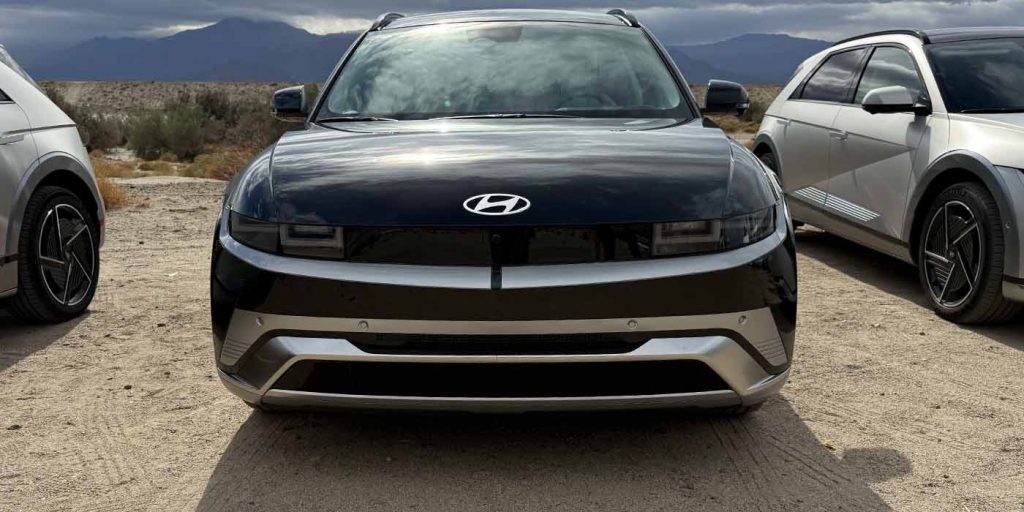
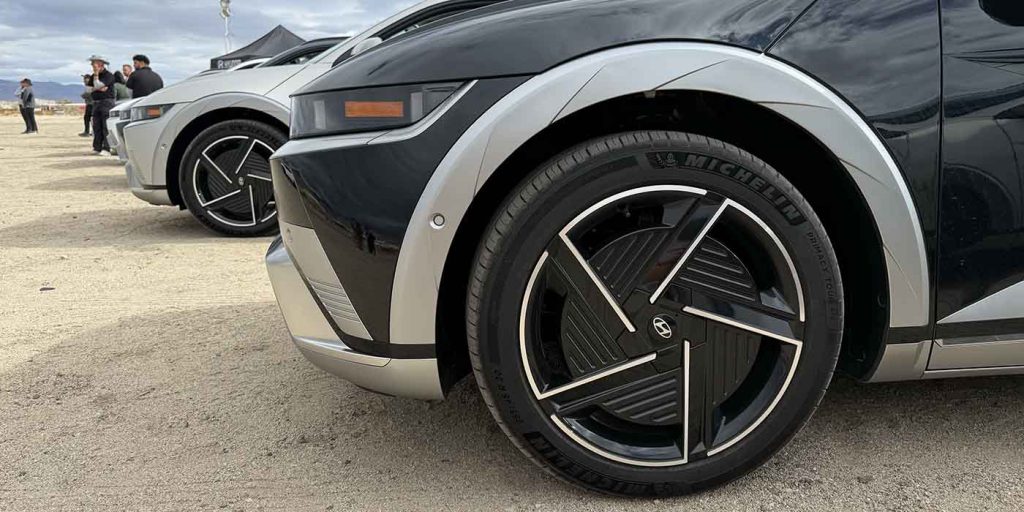
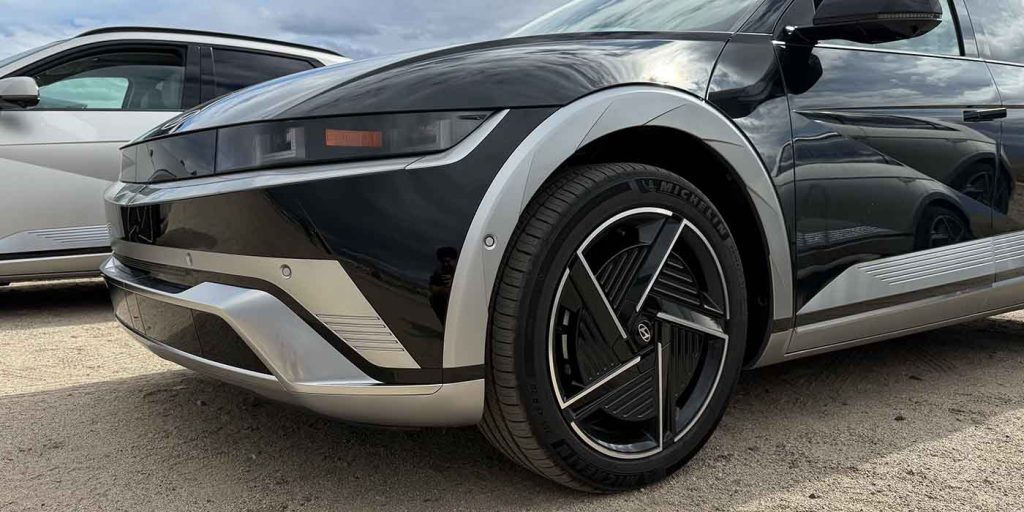
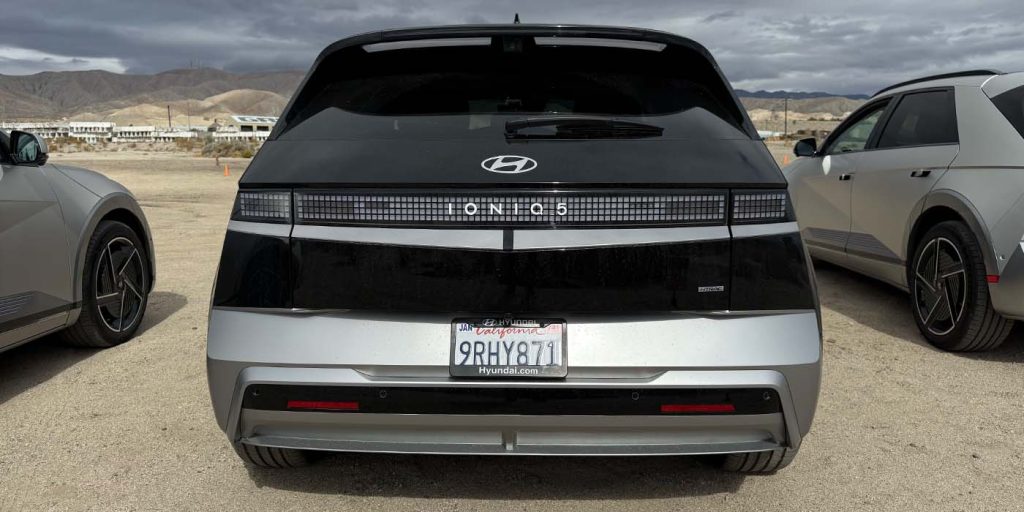
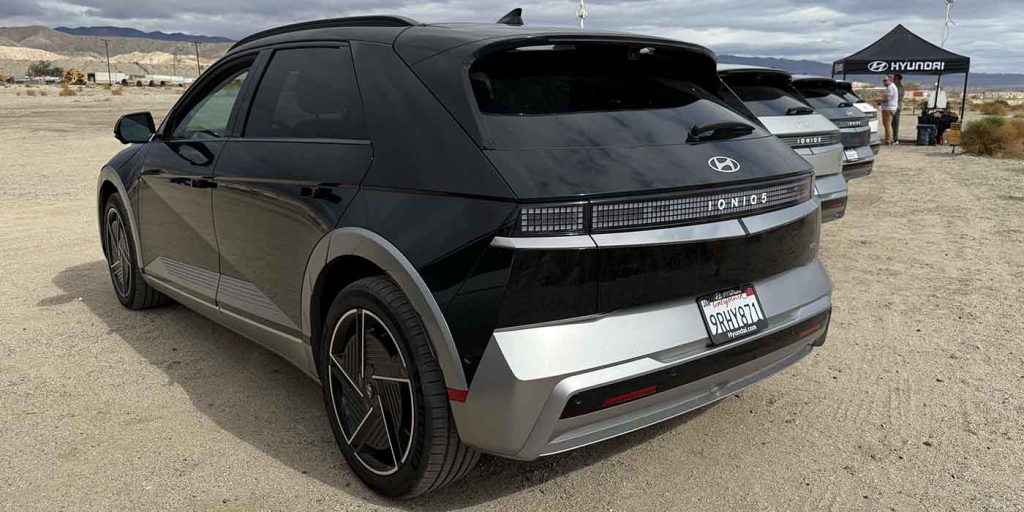
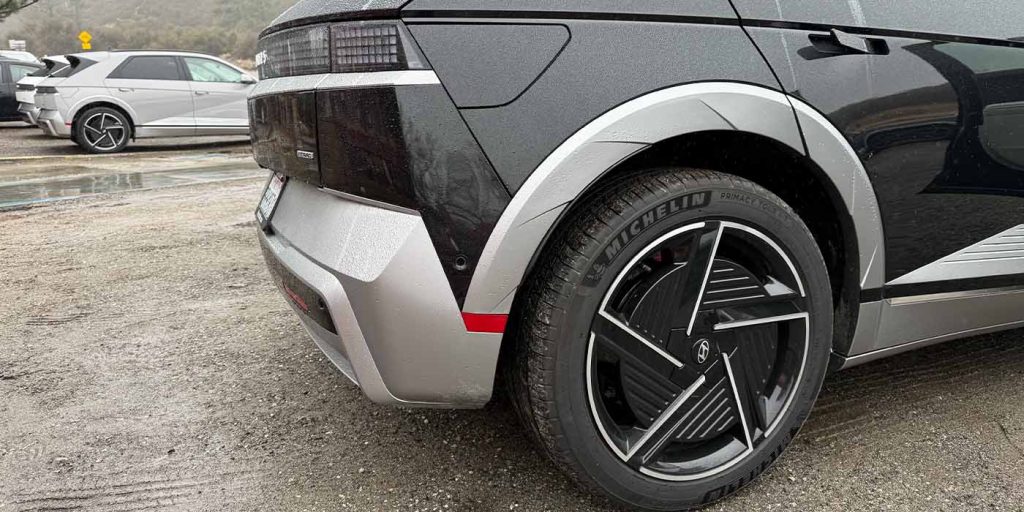
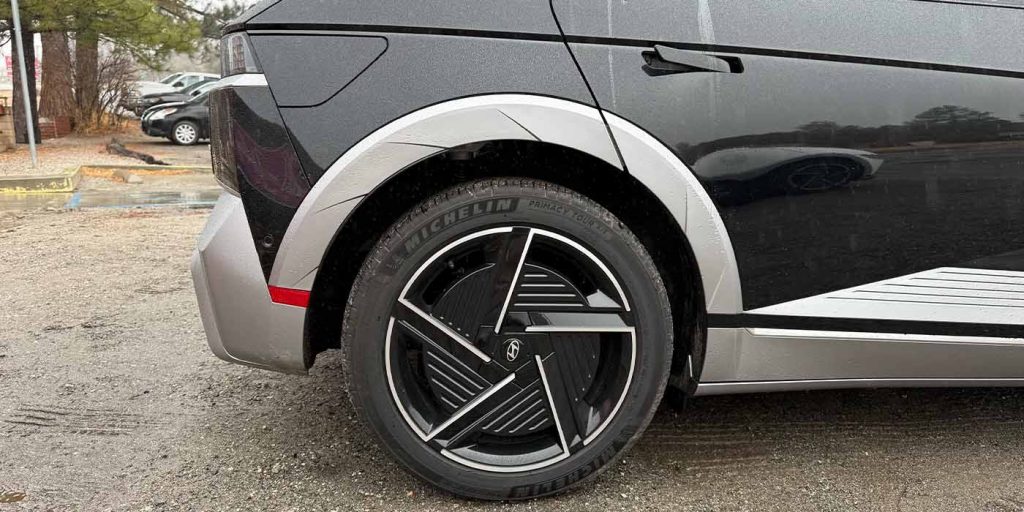
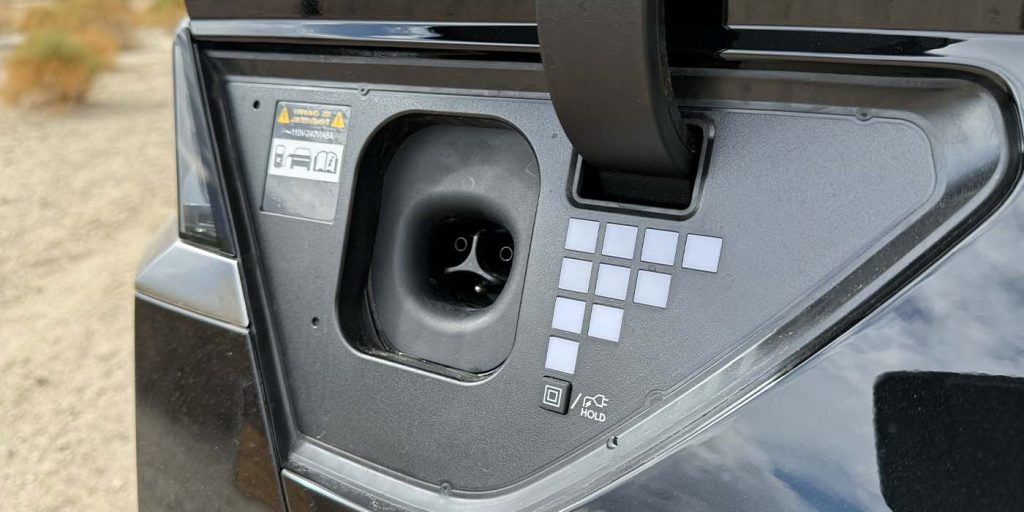
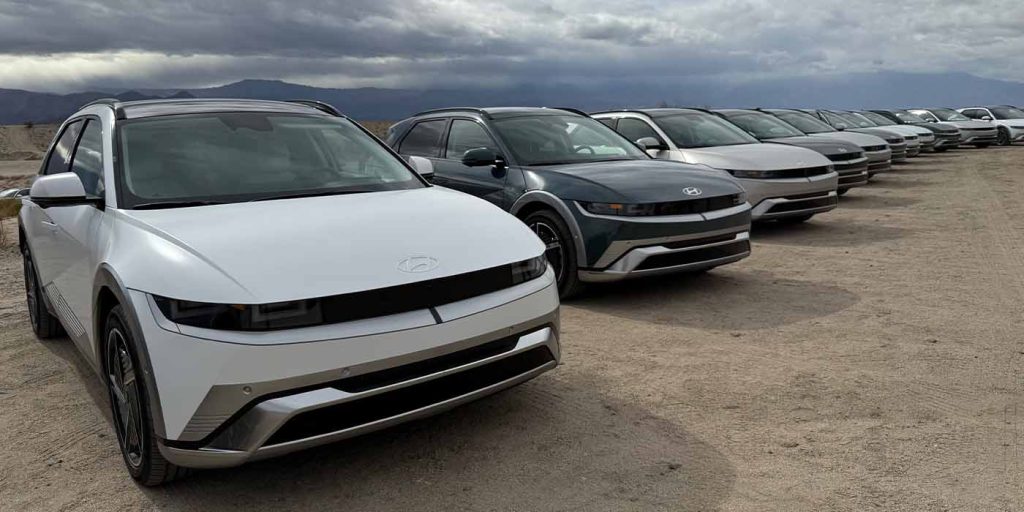
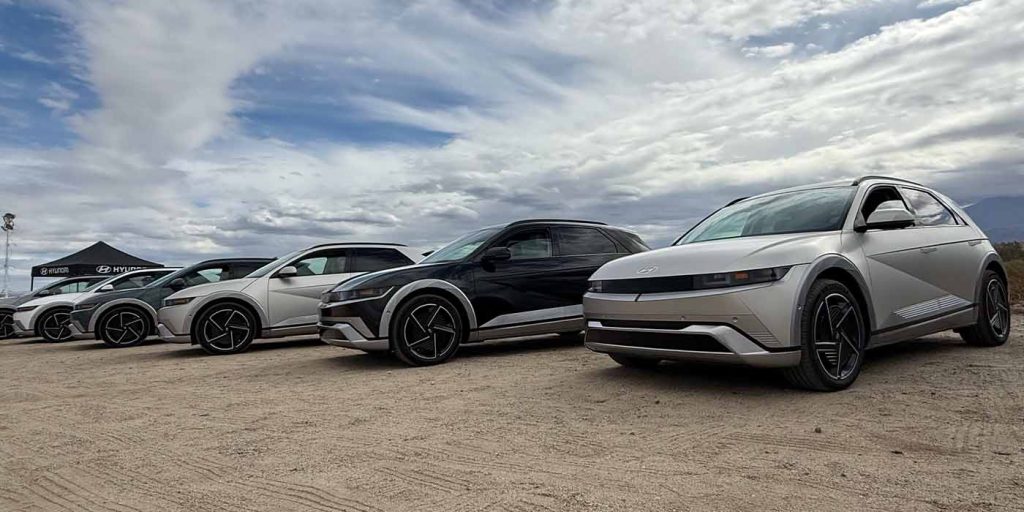
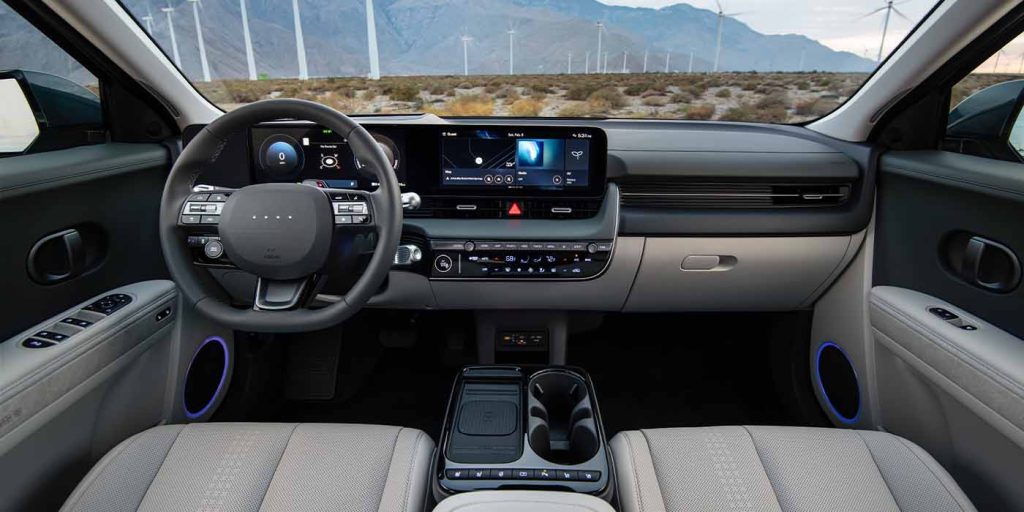

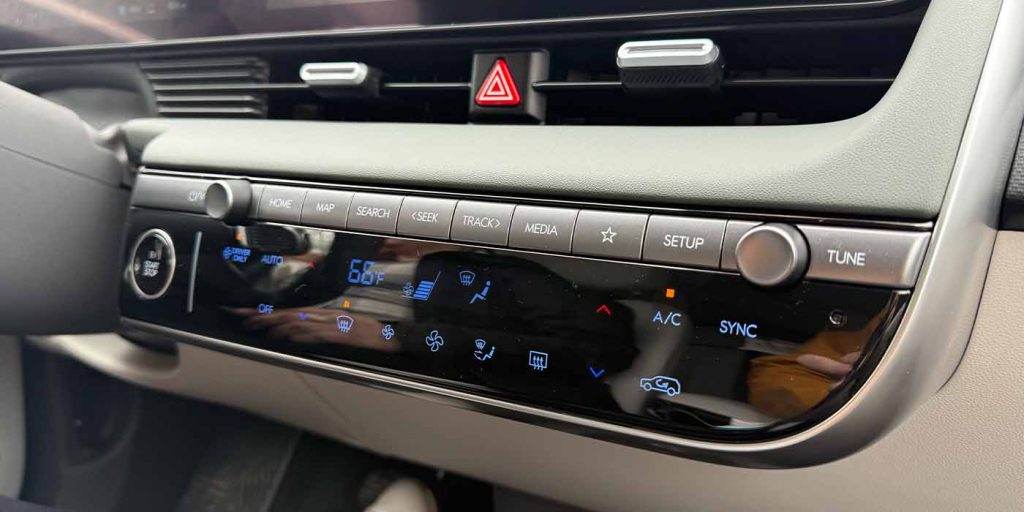

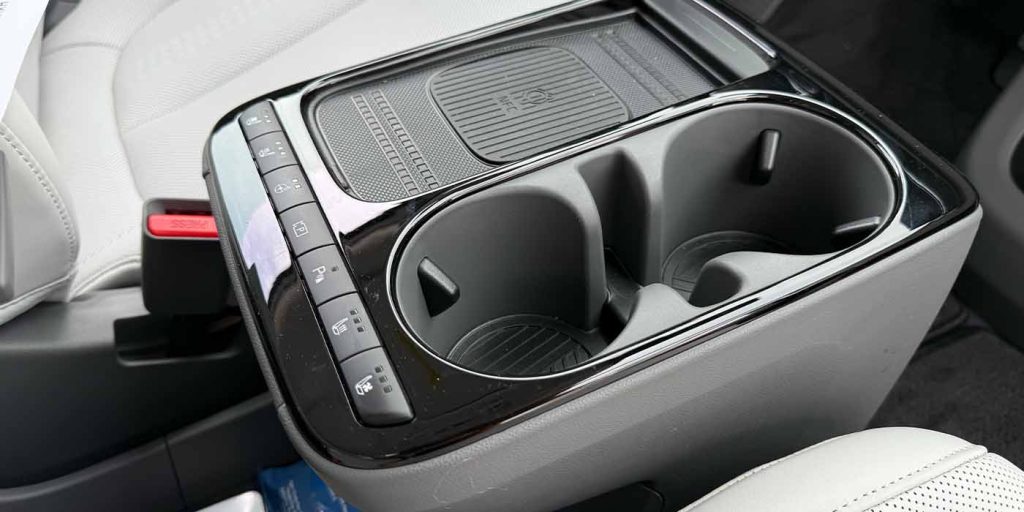
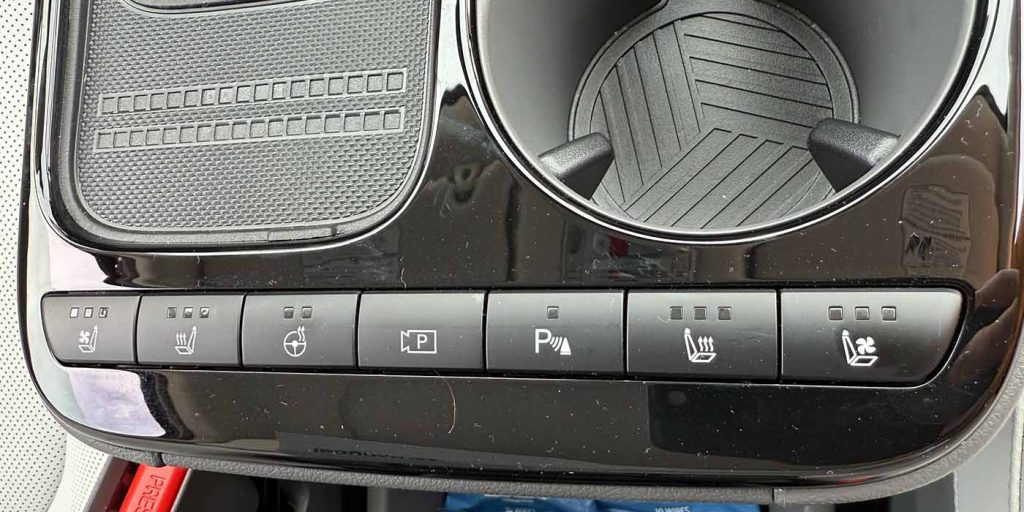



Comments